Sunday, November 29 | 11:55 a.m.-12:05 p.m. | SSA14-08 | Room E450A
A study of soccer players with quadricep muscle injuries has found that MRI should be the modality of choice to accurately detect rectus femoris strains and better manage an athlete's treatment for recovery.The rectus femoris muscle is one of the four quadriceps muscles. It is located in the middle of the thigh and helps to extend and flex the knee.
"MRI is very useful because, when using a wide field-of-view, both thighs can be imaged for comparison, which can help detect other injuries that may interfere with and delay the recovery time of the soccer player," said lead author Dr. Rosa Rodrigo, medical director of the Magnetic Resonance Society at San Francisco Javier Hospital in Bilbao, Spain. "The use of different sequences in the MRI, as in a gradient sequence, can even detect scars resulting from earlier lesions, which are generally considered the most critical predisposing factor in rectus femoris strain injuries."
Rodrigo and colleagues conducted a prospective study of 40 strain injuries in players with a mean age of 21.5 years. Using 1.5-tesla MRI and a surface coil, images were taken between one and seven days after the injury.
"Although the direct and the indirect rectus femoris injuries are clearly seen using ultrasound, in our experience, the myoconnective lesions, especially when they are small, can be easily missed in ultrasound studies," Rodrigo said. "The myoconnective lesions, which have not been previously discussed in the rectus femoris muscle injuries literature, represent 30% of our rectus femoris injuries."
Through the MR images, researchers could determine the extent of damage to the rectus femoris. Based on the site of injury, researchers found that proximal lesions had a recovery time of approximately 31.5 days. The size of injury also was a factor in prognosis, as cross-sectional injuries greater than 50% would take approximately 28 days to heal.
"Our results allow us to give a more accurate estimate of the recovery time of a rectus femoris injury and to signal the poor prognosis factors, which helps the medical staff to plan the right treatment for the soccer player and to offer an accurate diagnosis to the media as soon as the soccer player leaves the MRI center," she added.


.fFmgij6Hin.png?auto=compress%2Cformat&fit=crop&h=100&q=70&w=100)
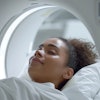
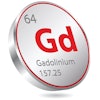
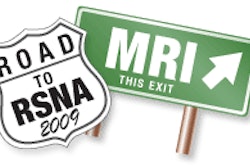
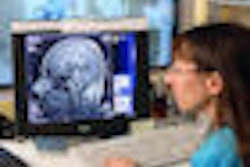
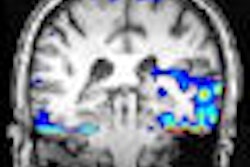
.fFmgij6Hin.png?auto=compress%2Cformat&fit=crop&h=167&q=70&w=250)











